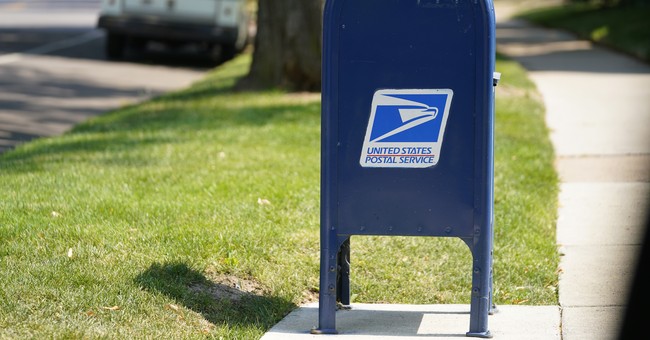
The beleaguered U.S. Postal Service again comes under scrutiny this Thursday as the House Oversight and Government Reform Committee begins consideration of legislation to hopefully, once and for all, put the USPS on the path to sound footing.
The hearing will inevitably get political, and needlessly so. Too much anger remains over the 2020 presidential election (in which the USPS played a significant role thanks to the emergency procedures taken by states to permit mail-in voting on a scale never before seen) for it not to happen.
With any luck though, the committee’s chairman and ranking Republican will be able to keep things on track and prevent the hearing from denigrating into a shouting match. Everyone’s attention will be required to produce a plan to rescue the Postal Service without a bailout.
The hearing is an opportunity to examine the reforms already put in motion by U.S. Postmaster General Louis DeJoy. A controversial choice when he was selected, DeJoy has been attacked relentlessly as a “political hack” put in place by then-President Donald Trump and Republicans on the Postal Board of Governors to tilt the election in Trump’s favor.
His partisan pedigree is undeniable. He was a major donor to the GOP and to Trump, which led many high-profile Democrats to call for his ouster and, when the Board of Governors refused to remove him, for its ouster as well.
It didn’t happen but that doesn’t mean DeJoy is safe. The White House has sent the names of three labor-backed nominees to the Board that, when they’re confirmed by the U.S. Senate, would give the Democrats the majority and the ability to terminate him – even though he deserves considerable credit for having remained focused on the job at hand – keeping the USPS operating in the middle of lockdowns imposed during a pandemic – all the while cutting costs where he could.
DeJoy’s been following the plan, “Delivering for America,” a multi-faceted ten-year program to get things on track that he’s driven with the Boards’ approval. It, and he, deserve a chance to see where things go.
The plan is focused primarily on helping the USPS do what it is intended to do: deliver mail and packages efficiently to every address in America six days per week, rain or shine, sleet or snow, and, if necessary, “in the gloom of night.” By recommitting the Postal Service to this fundamental tenant and recognizing it is a core strength, DeJoy and the Board have put the USPS on the path to recovery without a taxpayer bailout.
That’s what we want – the ability to send and receive mail and packages throughout the country, direct to another address without someone at the other end having to travel to a drop-off and pick-up point, affordably and efficiently. I still send letters; and I receive lots of packages from online shopping (this year more than ever, just like most Americans). Some of my relatives receive vital medications via the Postal Service. And millions of small businesses depend on the Postal Service to ship their products – a function which will expand nearly exponentially if efforts to bring broadband to rural America happen as the White House wants.
Fortunately, neither the “Delivering for America” plan nor the draft of the legislation about to be considered in committee adopts any of the dangerous proposals to force the USPS to increase package prices by arbitrarily assigning that part of the business costs which the Postal Service then must pay for. As required by law, the Postal Service already covers cost caused by delivering packages as well as a share of the overhead. Driving artificial package price increases above levels set in the market would kill the one part of the Postal Service business that is succeeding and helping to keep mail service going – by more than $10 Billion last year over and above the costs of providing the package delivery service.
Less positive are the plan’s proposal calling for mail rates to increase several times the rate of inflation, while at the same time reducing first class mail service standards from 3 to 5 days (by substituting trucks for airplanes). People don’t want to have to pay more for less. Moreover, the actual savings from the service change are uncertain and pressure to raise mail rates would be less if USPS took a more aggressive stance on controlling labor costs.
The USPS has already begun implementing the plan taking preliminary steps to consolidate mail processing facilities and announcing planned investments to better deal with growing package volumes. It is also proceeding with the procurement of new delivery trucks (the existing ones you see on the street are over 20 years old, are falling apart, and represent a safety hazard to the people who must drive them).
Rather than being criticized, DeJoy should be commended for keeping his eye on the ball and not jumping into the political debate into which so many people tried to drag him.